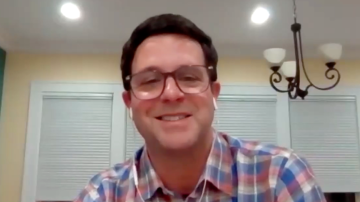Martz-Kohl Observatory
non-profit organization devoted to the amateur astronomer
Dr_John_Plumb_still_854
Please Donate
The Marshal Martz Memorial Astronomical Association, Inc. is a 501(c)(3) charity.
You can also support the observatory with purchases from our online store.
Visitor Comments
We had a group tour with our Girl Scout troop. Amazing place to learn about astronomy. ~Constance C
Follow us
Facebook
7111Fun (and serious) event put on by C.A.R.S. recently at the Martz-Kohl Observatory
224
Copyright © 2024, Martz-Kohl Observatory. Public and Media Relations: andy@martzobservatory.org






